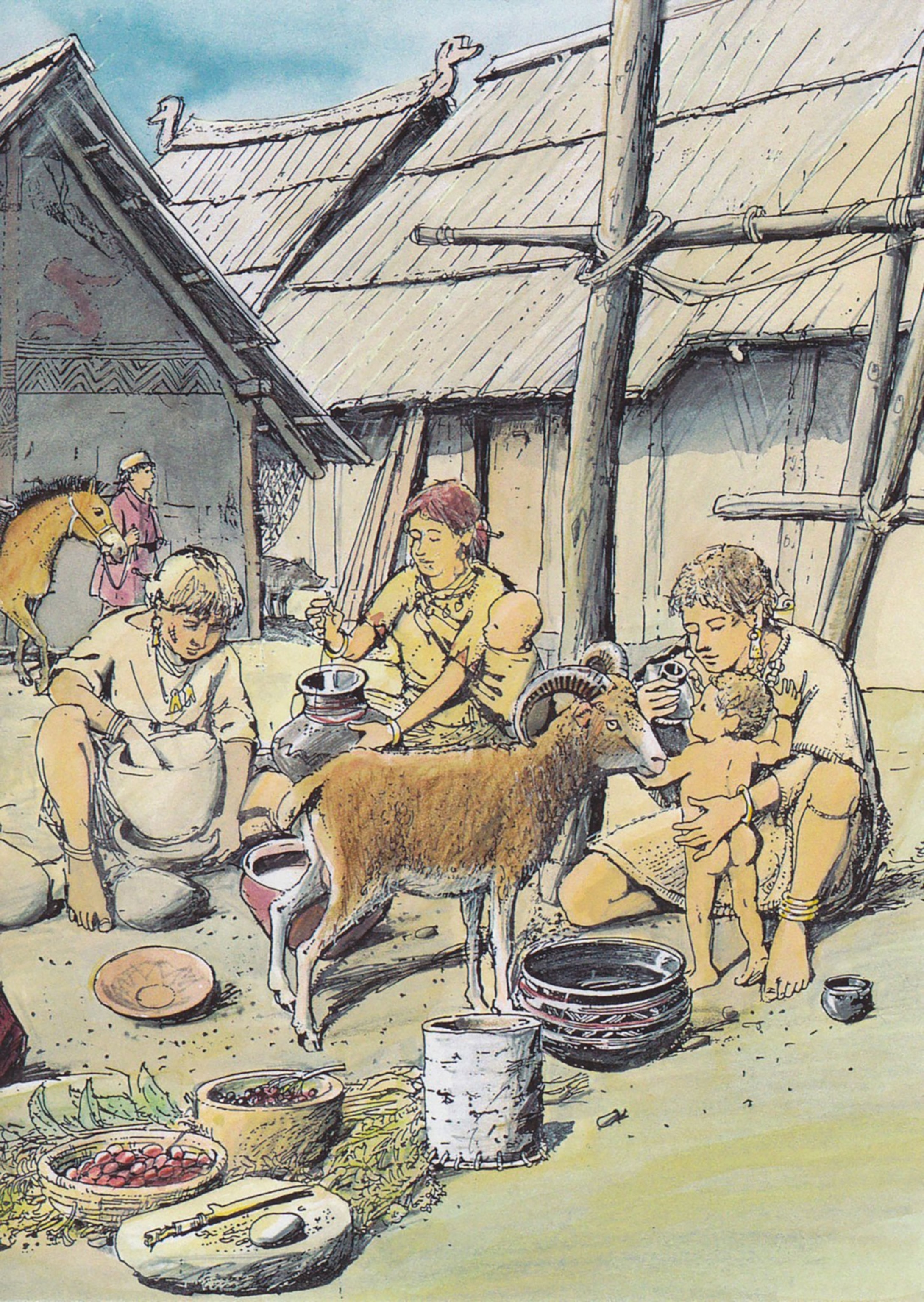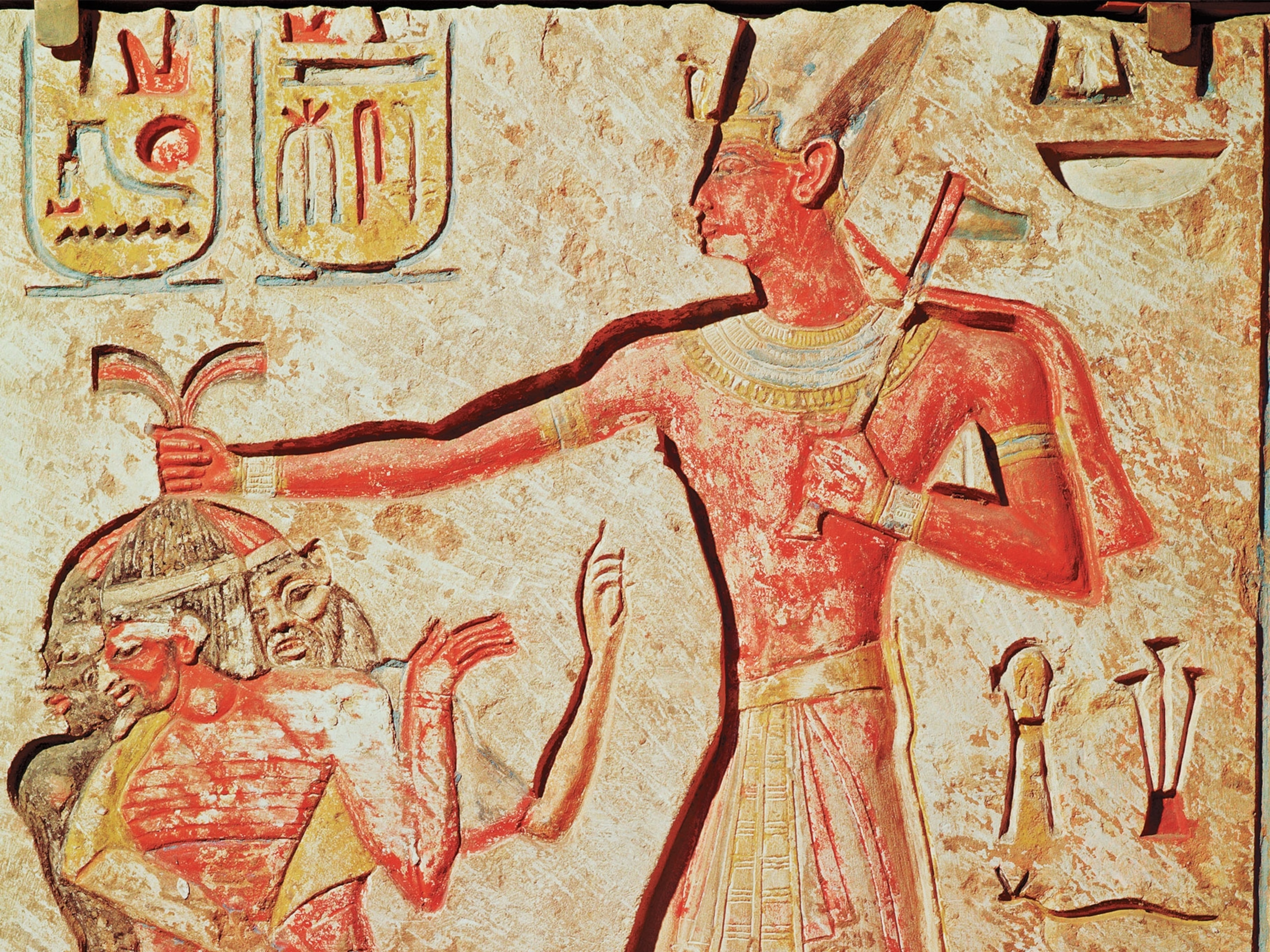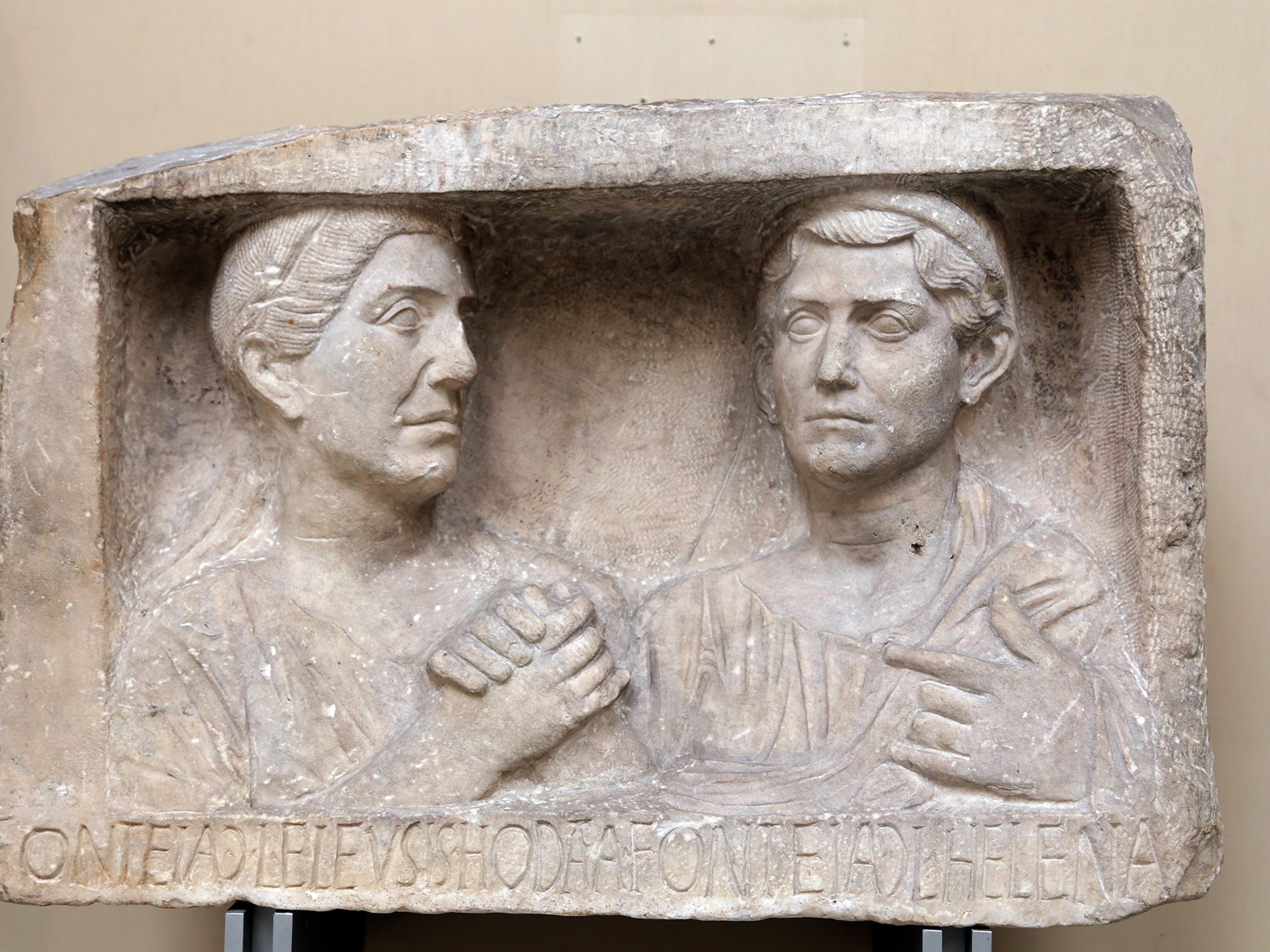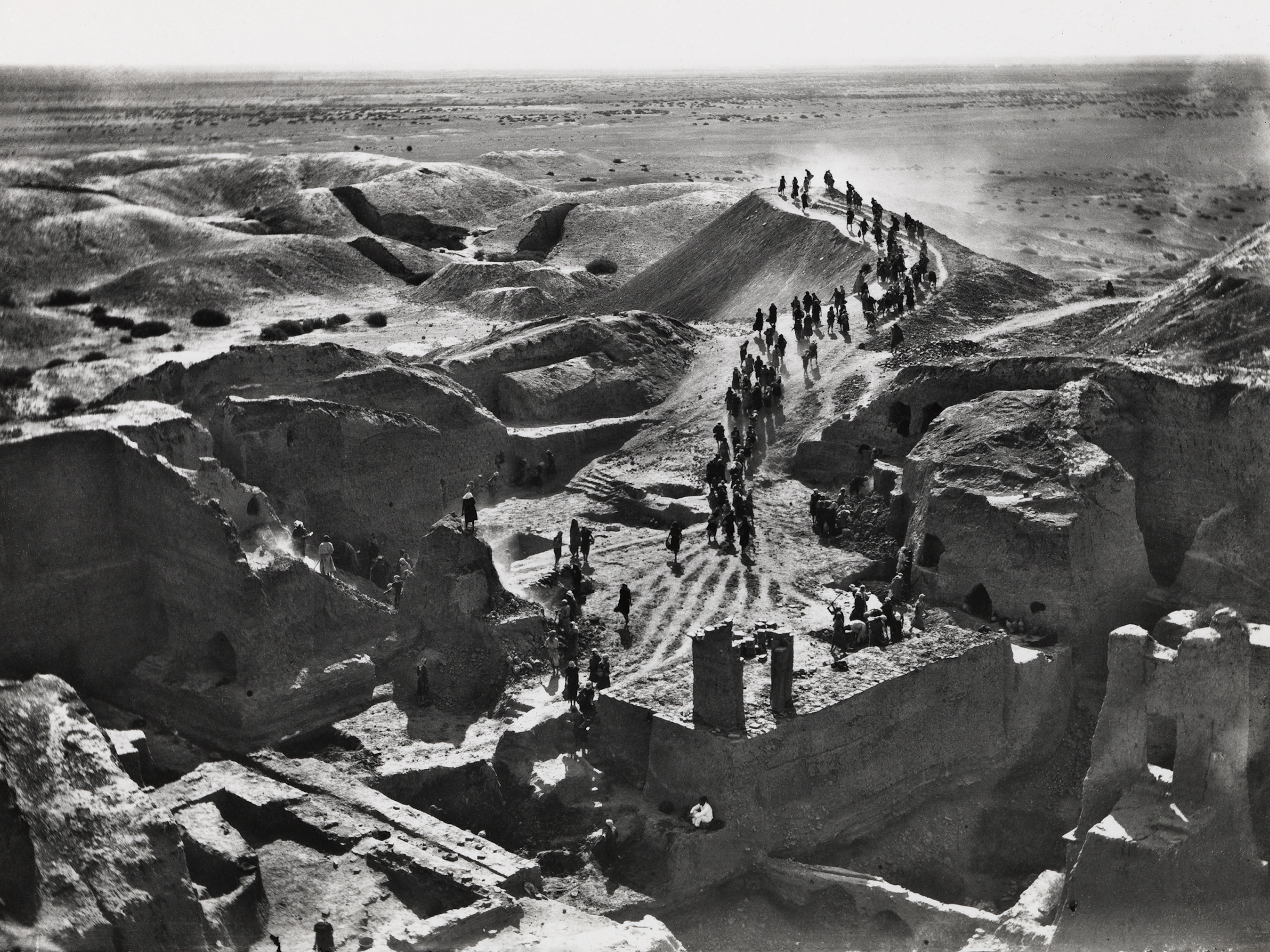Ceramic baby bottles first started appearing in Europe about 7,000 years ago, as societies shifted from hunting and gathering to settled agricultural communities in the beginning of the Neolithic period. With narrow spouts and playful shapes that sometimes resemble animals, these diminutive vessels are easy to imagine in the hands of infants. But what were children drinking from them?
According to a new study in the journal Nature today, at least some communities in southern Germany were feeding their babies animal milk—perhaps as part of the weaning process—at least 3,000 years ago.
Weaning from a diet of human milk is not only a critical milestone in the early life of an individual, but the practice, on a population level, also had a major influence on how past societies developed.
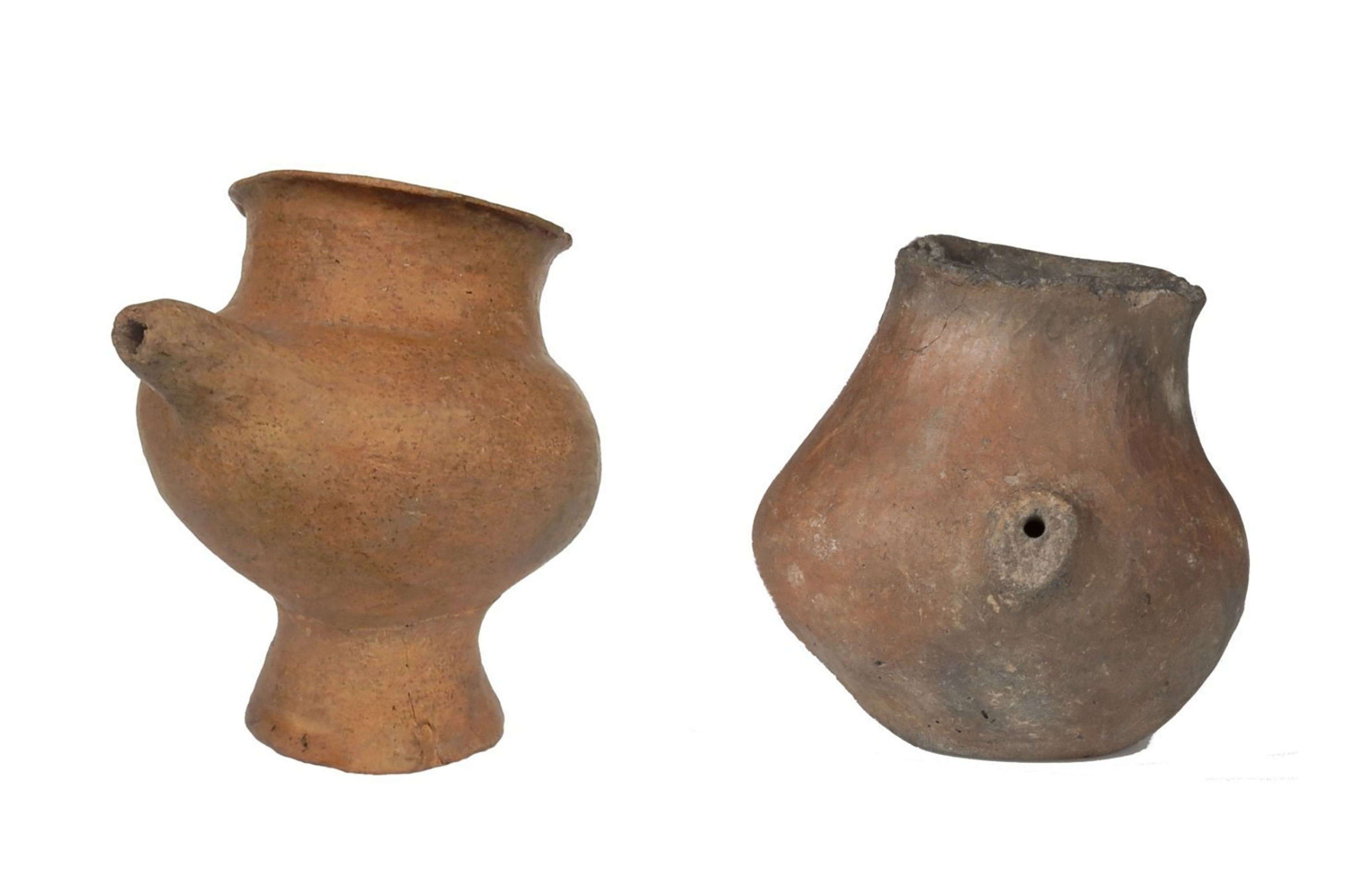
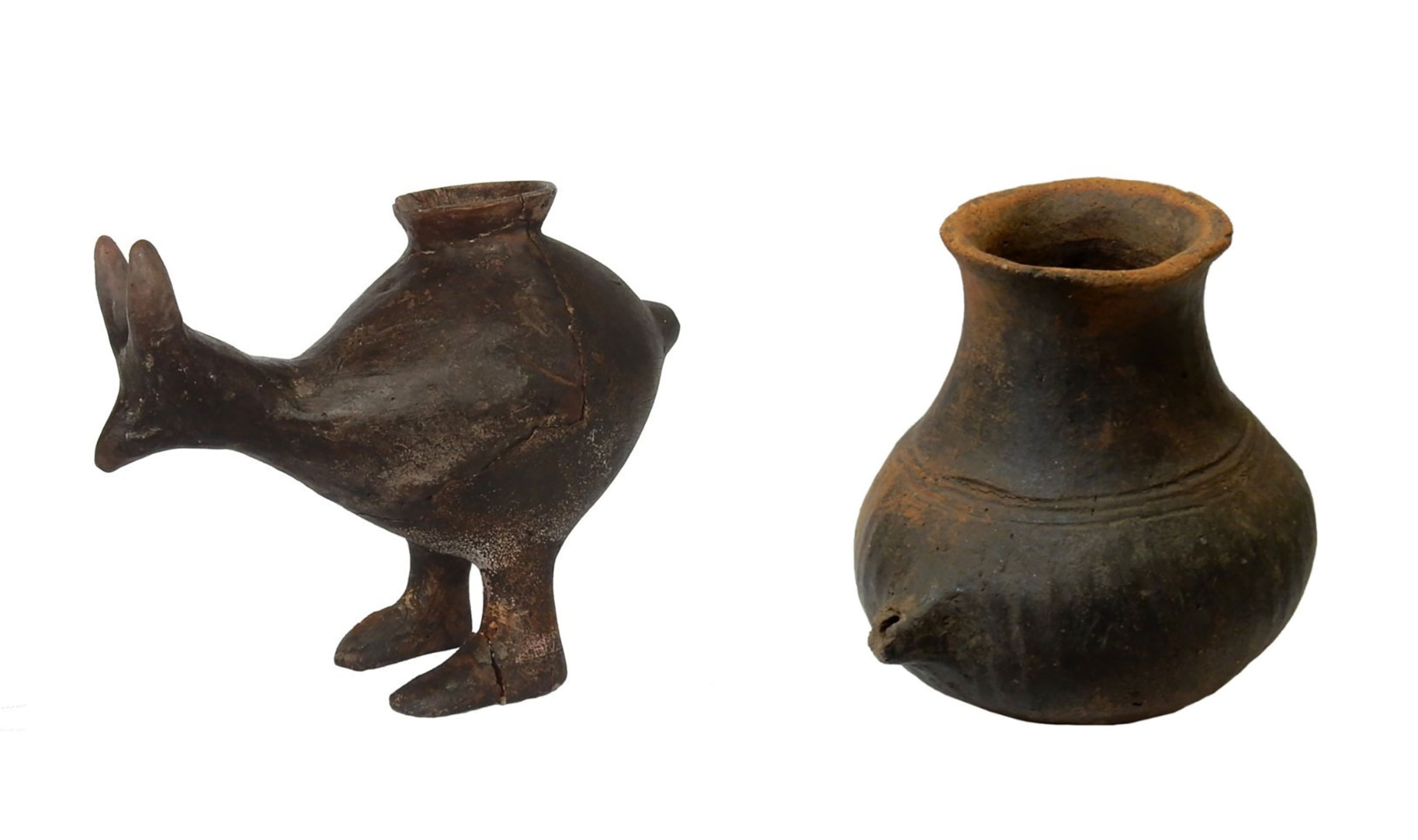
While hunter-gathers may have breastfed their children for as long as five years, research using isotopic analysis has shown that early farmers of Neolithic Europe typically finished weaning their offspring by age two or three. As breastfeeding is known to suppress fertility, early weaning enabled mothers to have more children and that increase in the birth rate led to considerable population growth.
Until now, however, researchers didn't have direct evidence of what infants were drinking or eating during the weaning process.
Julie Dunne, a biomolecular archaeologist at the University of Bristol and lead author of the new study, believed it seemed plausible that people in agricultural communities who had access to domesticated animals would have started to feed their babies animal milk. (Here's how breast milk engineers a baby's gut.)
To test this hypothesis, Dunne and her colleagues analyzed ancient food residues trapped for centuries inside the porous ceramic interiors of three baby bottles excavated at sites in Germany. One vessel came from an infant's grave at a late Bronze Age cemetery near Augsburg (1200–450 B.C.), and another two were buried alongside the remains of young children from an Iron Age cemetery in Dietfurt (800–450 B.C.). The researchers specifically chose bottles from infant graves to ensure they were looking at vessels explicitly associated with babies.
The results of the chemical analysis show that the bottles contained dairy fat from the milk of ruminant animals, a group that includes cows, goats, and sheep. (It's not possible to determine which specific species the milk came from, Dunne says.)
Feeding animal milk to infants would have come with some serious health risks, Dunne and her colleague note, and it wouldn't have been suitable as a full replacement for breastfeeding. Cows' milk, for example, has much larger fat globules than human milk and would have been more difficult for infants to digest. Animal milk may have also exposed the babies' vulnerable immune systems to pathogens and infectious diseases. The porous ceramic bottles, with tiny hard-to-clean spaces, may have also allowed bacteria to flourish inside of them.
Some researchers cautioned against assuming that feeding babies animal milk was a widespread practice in the past based on this small sample size—especially as these three bottles came from the graves of children who didn't make it past early childhood.
"I don't believe that these ancient communities had any doubts about the value of human breast milk," says Daniel Sellen, an anthropologist at the University of Toronto who studies infant feeding and wasn't involved in the study. "These are burials of children who died. We don't know what they were sick from. They might have been growing poorly or their mothers died and that's why they were being [animal] milk-fed. It might have been what they did as a last-stop medical intervention. Or perhaps they got infections or became malnourished because of the [animal] milk."
Similarly, Ellen Kendall, a bioarchaeologist at Durham University who studies childhood health and diet, thinks bottle feeding would have been an emergency measure in situations where a mother or child was unable to breastfeed.
"It’s not the success stories of this culture, or the wide-ranging norms, that are being told here, but an opportunity to understand the cultural response when things did not go according to plan, and ended badly," Kendall notes.
Considering that these vessels were placed in children's graves, Dunne thinks the baby bottles do at least provide an intimate look at how people cared for infants in the past. "The vessels are very, very evocative," she said. "I think it really does show the love and the care and attention that would have been lavished on these little children. The mother and the father perhaps thought they should take their little vessel with them to the afterlife."
